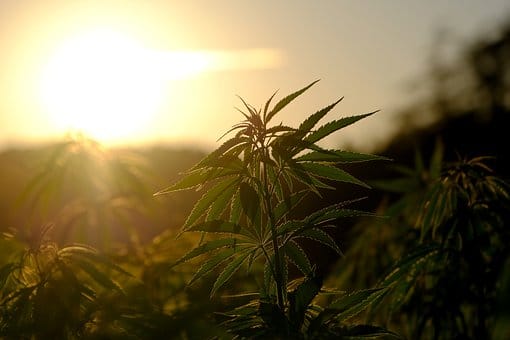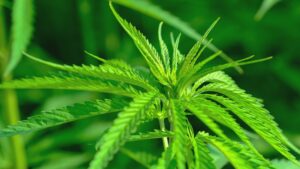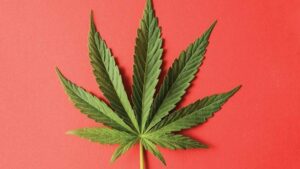For the last several years, European hemp cultivation has been on a major upswing and producers and consumers have become quite excited about new usage opportunities. But the crop itself is not that new. Hemp (Cannabis sativa) has been cultivated for well over 10,000 years, some even say as far back as 50,000 years. References dating back to ancient China and Mesopotamia have the crop down as an important source of food and fibre. But it all started off with the use of hemp as simple rope and coarse woven fabric and from there on to paper and sail cloth. Other parts of the plant were also used. For example, hemp seed and flowers were known to provide medical comfort from a variety of ailments during the period of 2700 BC through to Roman times.
In Europe, hemp cultivation is well established and has a tradition dating back many centuries. In 2018, a little over 50,000 ha of hemp was grown in Europe, up 3.3 % over 2017, and up 70 % compared to the five-year average. Estimates indicate that Europe cultivates up to 25% of the world’s hemp: France alone accounts for about 37% of the European production, and at least 20 other countries contribute to the European Union’s total.
Over the years, Europe has developed a strong processing infrastructure, and a high quality finished-goods industry based on using hemp fibres in industrial applications. Europe’s most established uses for hemp fibres are paper and pulp, along with biocomposites, which are used in the automotive industry, and for insulation materials. Also, hemp shivs, which is a by-product of the fibre extraction process, have long-established European commercial uses – primarily as animal bedding, but also increasingly for use in the construction industry, especially for insulation.
And recently, along with the tremendous increase in overall cultivation, the European market has experienced a great surge in its use of seeds and flowers, along with associated applications of those hemp components. Hemp transformers source 90% of their raw material from within Europe.
But it is not just the fibres and the seeds that humans are using. The plant produces over 120 naturally occurring so-called cannabinoids with the most famous being the psycho-active tetrahydrocannabinol (THC) and the non psycho active cannabidiol (CBD).
It is important to note that hemp (sometimes referred to as industrial hemp) is a term used to classify varieties of cannabis that contain less than a certain percentage of THC (by dry weight), and marijuana is a term used to classify varieties of cannabis that contain more than that percentage of THC. The legality of hemp varies widely between countries, with some governments regulating the concentration of THC and permit only hemp that is bred with an especially low THC content. In Europe, this threshold level is set at 0.2%, whereas in most other countries it is 0.3%.

And this is where there is a bit of controversy. Hemp with a 0.3% THC ratio can often produce CBD levels of up to 15% whilst EU hemp at 0.2% THC struggles to exceed CBD levels of 3%. Thanks to research, there is a growing market for CBD and it is being incorporated into a wide range of products including cosmetics, foods and beverages, and is being promoted for treatment of a wide range of ailments including anxiety, pain and more.
Recently the European Parliament Committee on Agriculture and Rural Development approved a proposal that would see THC limits increase from 0.2% to 0.3%. Planned to be enacted in 2021, the proposed change is the result of concerted pressure from hemp growers wishing to compete on a more even playing field with global competitors. And some countries are already taking the next step, raising the maximum THC level to 1% such as Switzerland.
Another sign of the increasing popularity is the shift in use. A decade ago, most hemp seeds were used for animal feed. EIHA now estimates that 60% of the crop is used for human food, with only 40% of it for animal feed. That shift is expected to continue as Europeans become more aware of the benefits of hemp and its omega fatty acid profile. The EU has also seen a major increase in the last four years in the harvesting of hemp flowers and leaves for medical and food applications (primarily around CBD).
To further underline the strong interest in hemp and cannabis, let’s take a look at the numbers of applications for plant breeders rights at the CPVO. Over the past 20 years, close to 200 applications have been filed. 54 of those are granted certificates, and a whopping 110 are active applications, all filed in the past four years. This shows that not only farmers are embracing the crop, but also plant breeders are working hard to provide better varieties. And the massive breeding focus on this rediscovered crop is good news for many industries, such as manufacturing, paper, textile, certain types of patients and for the environment. Europe’s hemp market is working through some growing pains, but while doing so, it is also quickly building a strong, diverse hemp industry for the future with high quality new varieties to back them up.













